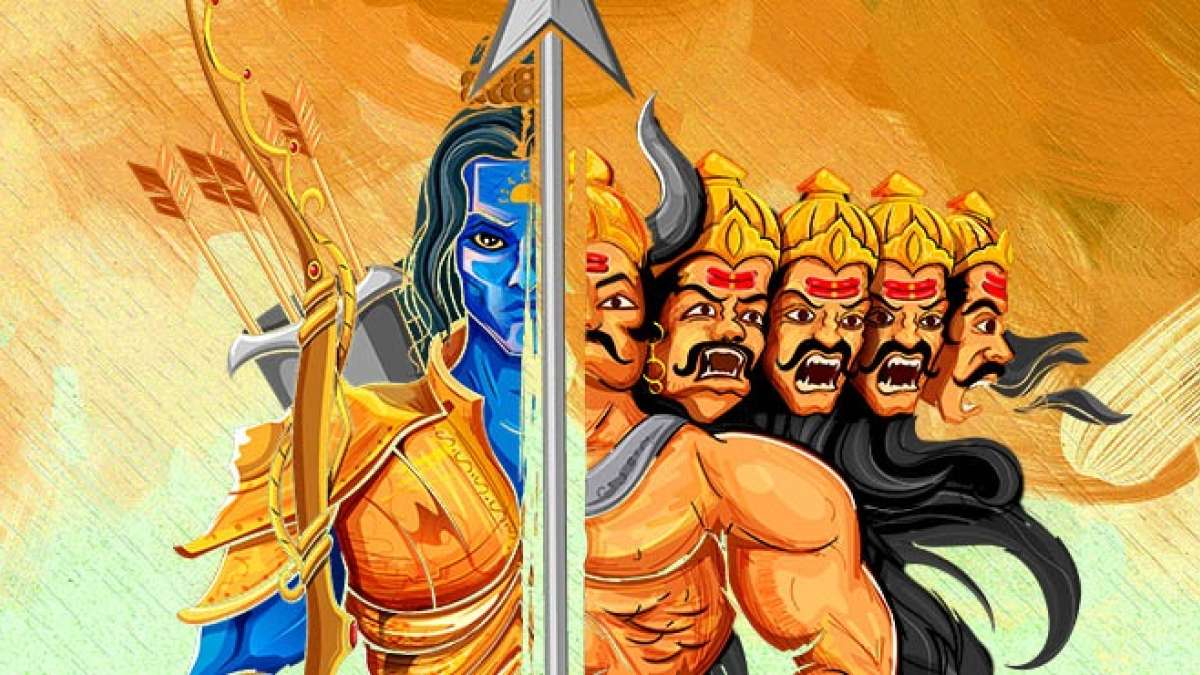
Dussehra 2024 , also called Dasara or Dasro in Konkani, is an important festival for Hindus. Celebrated with excitement all over the world, this festival represents the victory of good over evil.
The festival tells the story of Lord Ram defeating the demon king Ravan after a long battle. “On Dussehra, people celebrate Ravan’s defeat, also known as Vijayadashmi, marking the victory of goodness and right behavior over evil.”
In another story, Goddess Durga fought the demon Mahishasur for nine days and defeated him on the day we call Dussehra. Like in other parts of India, people in Goa also celebrate Dussehra with joy. This year Dashera is celebrated on 12th October 2024. They pray, perform rituals, and ask for blessings from their elders. Many believe that Dussehra brings good luck.
Here are five things people do for good luck on Dussehra 2024:
Cleaning Homes and Shops:
People clean their homes and workplaces because they believe gods bless those who keep their spaces tidy. They think that Goddess Laxmi and Lord Ganesh will bring good luck if the surroundings are clean. Some people also sprinkle holy water or burn incense to make the place smell nice.
Buying Gold, Clothes, and Tools:
Dussehra is seen as a time for new beginnings. People often buy gold jewellery, new clothes, vehicles, or start new business ventures. Gold is connected with Goddess Laxmi and is believed to bring prosperity and good fortune.
Worshiping Tools and Vehicles:
Families have a tradition of worshipping the tools and vehicles they use daily. This is a way to thank these objects for helping them. They place a mark (tilak) and offer marigold flowers to doors, tools, and vehicles, hoping for success and good luck.
Offering Food to Ancestors and Animals:
In Goa, some families prepare special sweets like shrikhand puri and godshe. They offer these to their ancestors and also feed cows and other animals, believing that feeding animals will bring good fortune.
Giving Apta Leaves to Loved Ones:
There is a story about the apta leaves in Hindu mythology. The story involves a wise teacher named Rishi Varatantu and his student Kautsa, who wanted to thank his teacher with a gift.
Kautsa, a student, was asked by his guru Varatantu to give 14 crore gold coins as a gift for teaching him 14 subjects. Kautsa went to King Raghu for help, but the king had already given away his wealth. Determined to help, King Raghu considered attacking Swargalok for riches. However, Devraj Indra instructed Lord Kuber to place 14 crore gold coins on an aapit tree, which Kautsa then gave to his guru. Varatantu didn’t accept the coins, so Kautsa distributed them to the locals. This act started the Dussehra tradition of sharing aapit leaves to symbolise prosperity.

